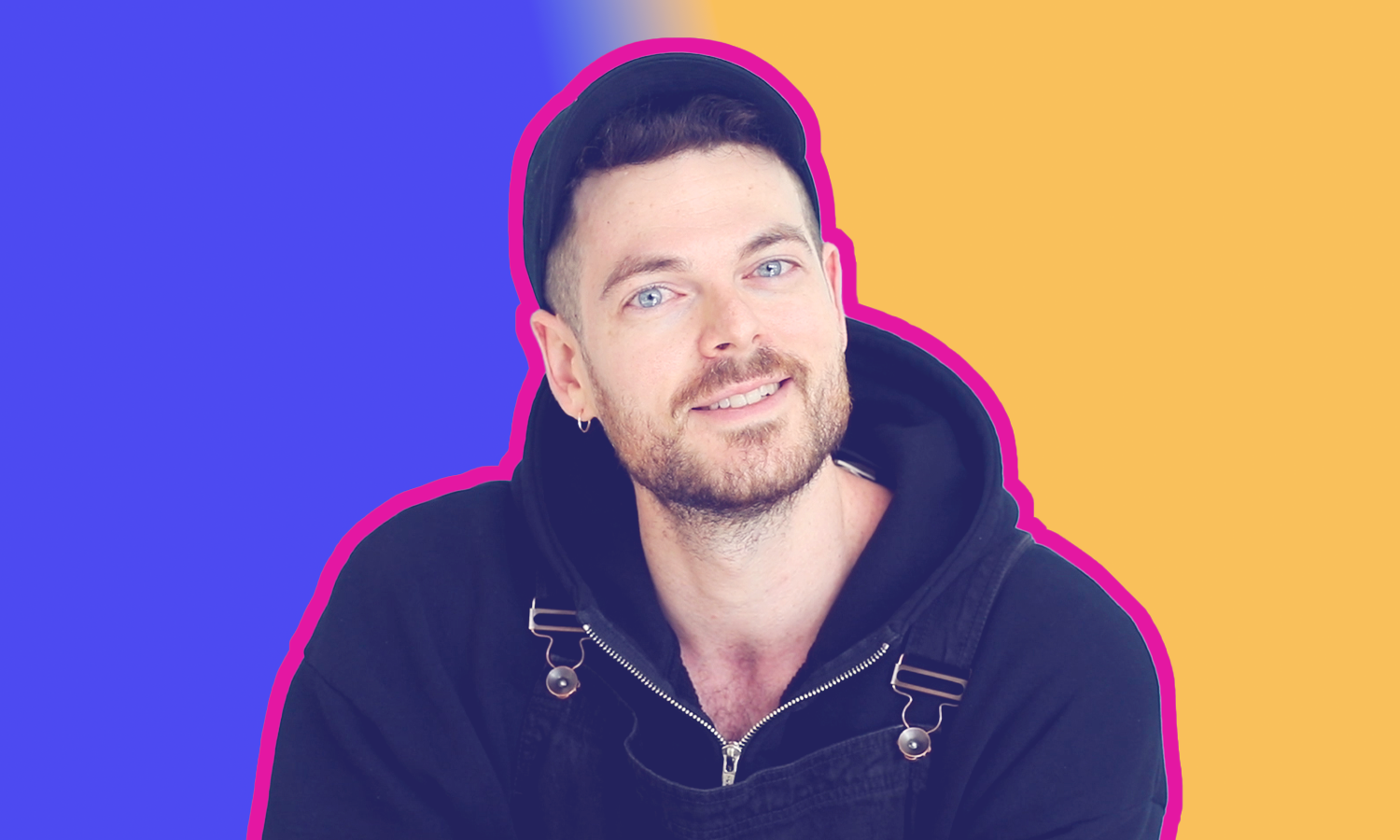When I met Tim Braun over Zoom on a sunny Friday morning, it felt more like we were catching up over iced coffees at an outdoor café than searing our eyeballs into the pixelated blue light of our laptops. Braun was, somehow, making direct eye contact with me. And speaking at both a cadence and a volume that can best be described as supportive friend meets passionate theater teacher. His diction? Perfect. His vocabulary? Profound.
No one is a better case study for Braun Production than the man himself, it seems.
For more than twenty years, Braun has given speakers the tools to express themselves with clarity and confidence. As a seasoned journalist with an impressive background in live television production — and all of the split-second decisions that come with it — he knows how to drill down and find the “good parts” of any story.
Have you ever fumbled your way through an explanation of what you do, why it’s unique and what value you bring your customers? Media training teaches you how to predict questions, avoid common traps, and focus on effectively delivering key messages. Alongside executive producer Kathleen Friery, Braun Production’s media-training arm works with professionals of all stripes — from executives and entrepreneurs to athletes and entertainers — to help them represent the best version of themselves in front of an audience.
I spoke with Braun about how his career in journalism evolved into media training, mastering the art of the virtual panel, and why you shouldn’t look at the person you’re talking to online.
Samantha Stallard: Tell me about your background as a journalist.
Tim Braun: I’m a news producer by trade. For a good part of my early career, I worked at ABC’s Good Morning America. As you can imagine, every public relations person on Earth wants to get their clients on that show. Rafts of proposals come in, and I would go through them and determine which ones were really viable stories that had good information, entertainment value or a good spokesperson.
Then, I would take that person out in the field — and many of them had never told their story before. Whether it was a CEO, a founder of a new company or a chef who’d written a cookbook, what’s their headline? What’s the single most important point they want to make? What are two or three supporting points?
And, most importantly, what are the stories we can use to illustrate those points and really bring them to life? Ultimately, I had to weave the whole thing together in a way that would stick with our audience.
I talk a lot about how to make a message cut through the noise and stick. So when I left to start my independent production company, a lot of these communications people and their clients started calling me to create content. Then, the comms people would come to me and say, “The CEO, she’s amazing in the film, but when she’s out on the field, she doesn’t sound anything like that.”
Those are her words in that film, but they’ve been edited down to their most compelling essence. So how can we marry those two? That’s how my media training business was born, ten or fifteen years ago.
SS: Why is media training so important? What does it offer that speakers struggle to find on their own?
TB: I can’t tell you how many times I’ve had a CEO say to me, “I built this company. You’re going to tell me how to talk about it?” Yes, I am, because communicating is not the same as this amazing thing you have created. Getting your message across — being able to say it in a succinct way that sticks, brings it to life and gets people interested — is a whole different skill set.
We all need to learn how to communicate well. It’s been amazing during the pandemic, because initially I thought, who needs media training? But the fact of the matter is, we’re all our own TV producers right now.
We all have to be set decorators and lighting pros now. It used to be when you went into a meeting, all you worried about was what you said and maybe what you were wearing. Now, you take a whole room in with you. I work with clients like Herman Miller, and their speakers have to represent that brand. They can’t have a bad background. It’s things as simple as that. Virtual is a very important part of communicating today. It’s not going away.
SS: To your point, I’m sure the way you train people for live events versus virtual is different. Two years into the pandemic, we’re still stunned by how unprepared some people seem on camera. I won’t make you reveal all of your trade secrets, but what tips do you have for virtual speakers?
TB: Virtual is fascinating. There are some very key things you have to be aware of. Obviously, one of them is how are you lit? How often do you see someone who’s backlit, or you can’t see their eyes? Eyes are very important in terms of communication and really important in the virtual world.
Another one is, where are you looking? You need to look at that camera, and it’s really weird because in the real world, we look at the person we’re talking to. Do that on a Zoom panel and it looks like you’re looking off. So, look at that camera. Put a Post-It with an arrow up there, or a picture of your dog. The other thing you could do is drag those thumbnails, put them right underneath the camera and look at the thumbnail.
People have a tendency to keep their laptops down low, so where is their camera? It’s down low too, and now they’re looking down on people. If I can see your ceiling, if I can see your nostrils, not only is it not flattering, it gives the impression that you are looking down on everyone. So you want to throw some books under there. Or people are too far away; you want to frame your head and shoulders.
SS: Do any in-person speaking skills translate through a screen? What stands out the most?
TB: There’s important crossover stuff, obviously, between live and virtual, like that eye contact, and using your hands. Studies show that, especially in the virtual world where we’re so limited in terms of our body language, people remember up to twice as much when you use your hands to reinforce your key points.
Also the power of the pause. So many people race through things, right? Your audience loves pauses. It allows them to absorb what you’re saying. Maybe you’re telling me a story you’ve told fifty times, but it’s the first time I’m hearing it. Let me absorb it.
With virtual training, you get a bigger bang for your buck. It’s actually worked out better in some ways, because first of all, it’s not going away. It works really well for people to train in this instance, because I’m seeing how they communicate. The initial training’s about two and a half hours, and at the end of that, I do a practice interview that I record. A week to ten days later, I come back and we look at it, and I give them general notes in terms of what I liked and what needs work.
Stay tuned for the rest of our media training series with Tim as he uncovers the skills needed for both moderators and in-person panelists in the coming weeks and subscribe to XP Land to get these interviews straight to your inbox!


